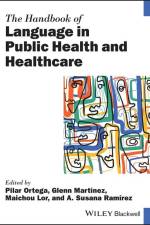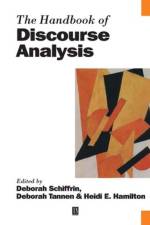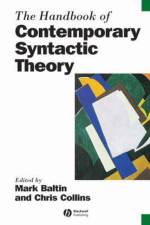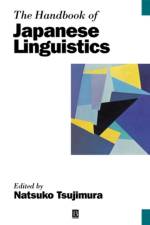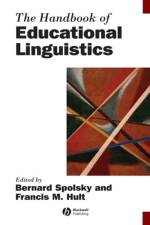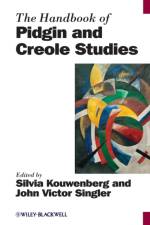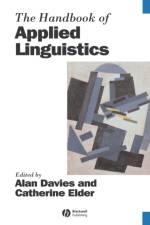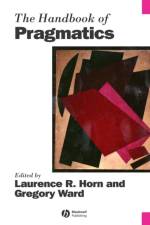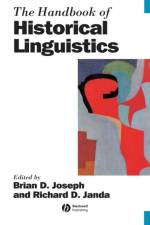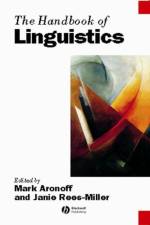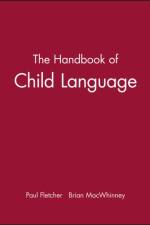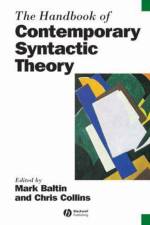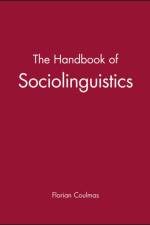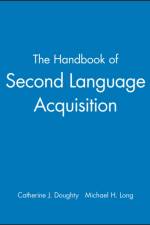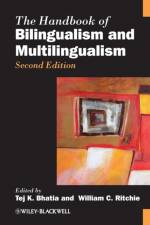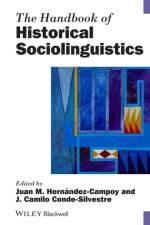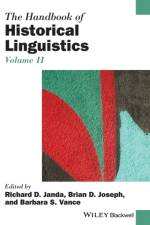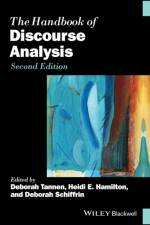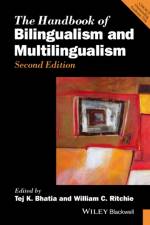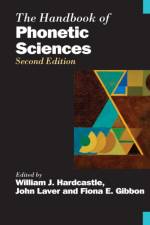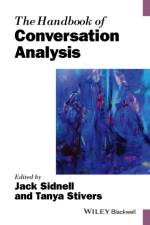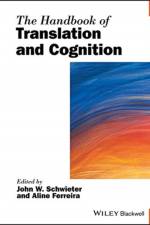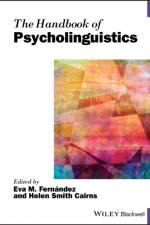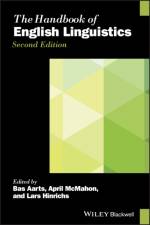av RD Janda
2 271
"The first edition of the Handbook of Historical Linguistics is the best-worn handbook among many in my office and even though it's almost 20 years old, I still consult it often. Still, historical linguistics is a very different field today than it was in 2003 and this new edition fully reflects and engages with the state of the art. It's a completely new volume, a worthy successor, and I look forward to wearing out this second edition." Joseph Salmons, University of Wisconsin-Madison, USA "This is an important resource for right now and far into the future. In its breadth and depth it has everything we could ask for and more, a comprehensive survey in 24 chapters written by the world's foremost scholars. It unites time-honored fundamentals of historical linguistics and progressive lines of ongoing research." Lyle Campbell, University of Hawai'i at M noa, USA This brand-new, second volume of The Handbook of Historical Linguistics is a complement to the well-established first volume, initially published in 2003. It includes extended content allowing uniquely comprehensive coverage of the study of language(s) over time. Though it adds fresh perspectives on several topics previously treated in the first volume, this Handbook focuses on extensions of diachronic linguistics beyond those key issues. This Handbook provides readers with studies of language change whose perspectives range from comparisons of large open vs. small closed corpora, via creolistics and linguistic contact in general, to obsolescence and endangerment of languages. Written by leading scholars in their respective fields, the chapters of this Handbook cover new topics such as the origin of language, the evidence from language for reconstructing human prehistory, the relevance of the study of present-day language for studying language in the past, and the benefits of linguistic fieldwork for historical investigation. Unique to this volume is a chapter that discusses in detail a large number of highly specific predictions as to the future of a widely spoken language-variety, thereby focusing long-term attention on thirty changes in the lexicon, phonology, morphology, and morphosyntax of North American English. The Handbook of Historical Linguistics, Volume II, is an ideal book for undergraduate and graduate students in linguistics, researchers, and professional linguists, as well as all those interested in the history of particular languages and the history of language more generally.


